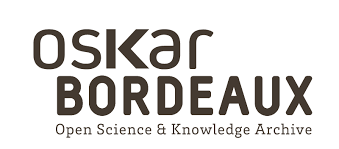Occupational exposure to radiofrequency electromagnetic fields and brain tumor risk: Application of the INTEROCC job-exposure matrix
Résumé
Radiofrequency electromagnetic fields (RF-EMF, 100 kHz to 300 GHz) are classified by IARC as possibly carcinogenic to humans (Group 2B). This study evaluates the potential association between occupational RF-EMF exposure and brain tumor risk, utilizing for the first time, a RF-EMF job-exposure matrix (RF-JEM) developed in the multi-country INTEROCC case-control study. Cumulative and time-weighted average (TWA) occupational RF-EMF exposures were estimated for study participants based on lifetime job histories linked to the RF-JEM using three different methods: (1) by considering RF-EMF intensity among all exposed jobs, (2) by considering RF-EMF intensity among jobs with an exposure prevalence ≥ the median exposure prevalence of all exposed jobs, and (3) by considering RF-EMF intensity of jobs of participants who reported RF-EMF source use. Stratified conditional logistic regression models were used, considering various lag periods and exposure time windows defined a priori. Generally, no clear associations were found for glioma or meningioma risk. However, some statistically significant positive associations were observed including in the highest exposure categories for glioma for cumulative and TWA exposure in the 1- to 4-year time window for electric fields (E) in the first JEM application method (odds ratios [ORs] = 1.36, 95% confidence interval [95% CI] 1.08, 1.72 and 1.27, 95% CI 1.01, 1.59, respectively), as well as for meningioma for cumulative exposure in the 5- to 9-year time window for electric fields (E) in the third JEM application method (OR = 2.30, 95% CI 1.11, 4.78). We did not identify convincing associations between occupational RF-EMF exposure and risk of glioma or meningioma.
| Origine | Publication financée par une institution |
|---|



